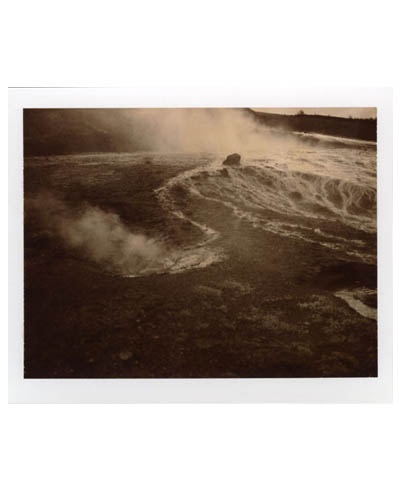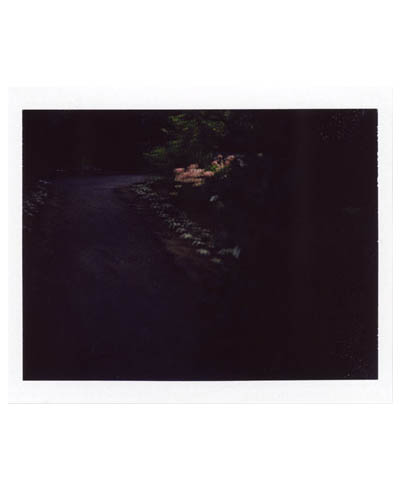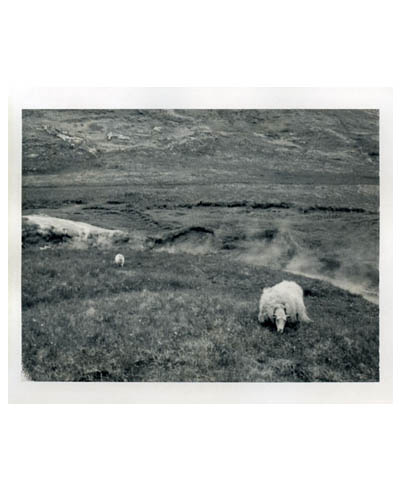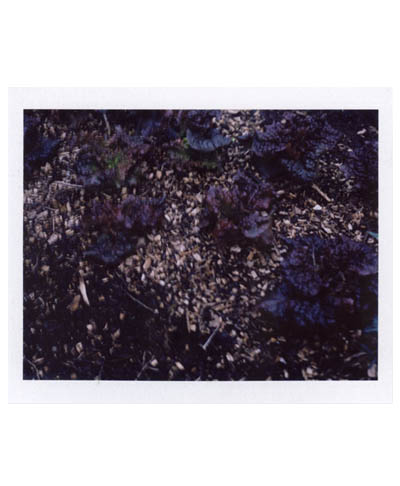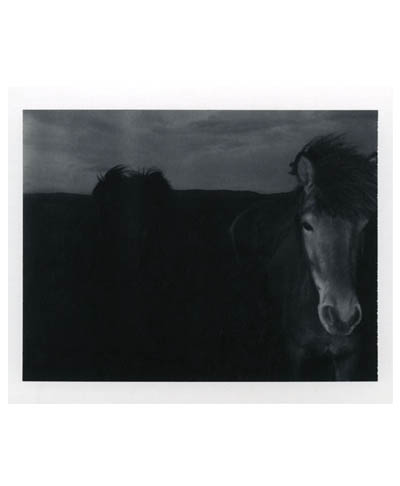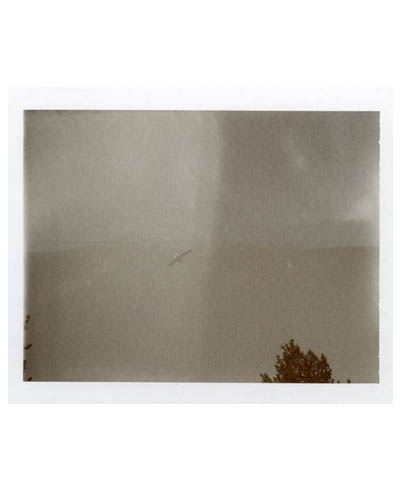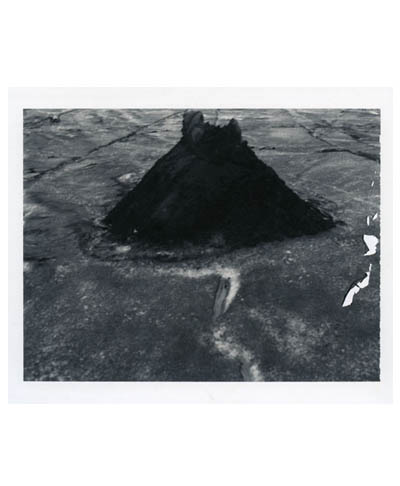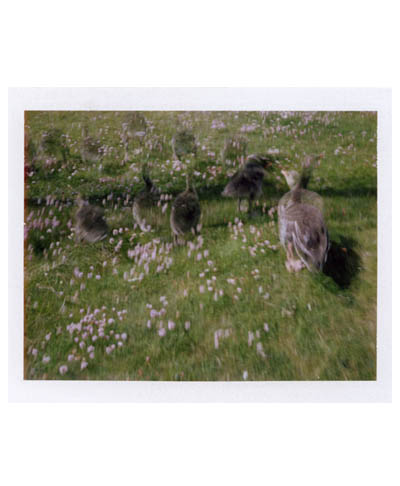⁄Modern Flash of History
Deanna Pizzitelli explains the duality of her inspiration behind creating images.
There is something perfect about an overcast summer day when you’re looking for quality conversation, or for some, a special type of inspiration. For some people, the process of finding inspiration could be significantly more difficult than they’d hope for; although for me, it’s happening as I order a cold lager and await the company of talented photographer, Deanna Pizzitelli. As a Toronto based artist, having recently graduated from the Photography program at Ryerson University, Deanna made her artistic direction of rustic antiquity known by combining both a modern spin of photographic techniques with a more historical approach to film development. Her upcoming move to Arizona and her recent trip to Iceland have done nothing but further inspire and mold the beauty that radiates from each photograph she allows me to see.
Nathan Snider: So you went to Ryerson for photography; what would you tell a prospective student who wants to go there for photography?
Deanna Pizzitelli: I thought it was a great school, and I noticed that you get what you put in to it. There were some amazing teachers and courses,
specifically in my last year. One was called ‘The Question of Beauty’ – it was a philosophical lecture-based course that was connected to our main production course. Another was ‘Disaster Images’. Both were great courses because they talked about sort of the same thing, ‘Is this allowed to be beautiful?’
NS: You mention on your website that you have an interest in the contemporary expression of historical processes. In what pieces or series can you identify this work, or is this more of an all encompassing theoretical interest?
DP: Almost one hundred percent of my work is analog. For example, I just started doing salted paper prints this year. I started doing nudes and the idea was that these were a call back to classicism because of the lighting and type of model that was used. But because of the lens I used, a trained eye would know that it could only be contemporary. My work is a call back to older times but there are always hints that you can pick up on that make it contemporary, like showing the backdrop and things like that.
NS: Does any of that represent the work that’s on your website right now?
DP: Yes, my thesis project which was Untitled; Nothing, Nothing was almost all like that. It’s something you actually have to see in the prints because they look old, like they’re fading away. The feel of them is important to what they are, and they’ve just been toned so many times that they invoke feelings of the past.
NS: Through your collaborative work with Rachel Waugh in May of this year titled Youth, Sometimes., you hoped to allow people an opportunity to emotionally connect with a piece of photography as an independently driven object, without an ounce of outside influence. Did the final product create an outcome you could have expected, or did the way that people identified with the art define its final impact?
DP: Well that body of work was supposed to be drawn from different genres and styles of photography; so it had snapshot, portrait, and landscape as an example of how to make something historical look more contemporary.
That was a body of work that was hard for both of us to talk about because when you create something that is all of you, it becomes something that reflects the incomprehensibility of human experiences. It’s like when there’s something bothering you, something that’s so deep, you can’t explain it but it’s always there…
NS: So, photography as a means to represent something that words can’t?
DP: Yes, exactly. Images when words are absent.
NS: Did you want the audience to receive it that way then? Were they supposed to connect with your experiences, or ones of their own?
DP: I think when you have work that’s that personal, you know part of the reason why it’s so good is because you know the artist meant it, like something happened to make him/her create that. So definitely I think it could be both. I worked on my contributions for two years, some of which were from initial prints and some were just a few months old. We just wanted people to feel something.
NS: Having recently completed your Bachelor of Fine Arts at Ryerson and continuing your journey to the University of Arizona for your Masters Degree, do you feel like you’ve begun to exhaust all of your artistic inspiration here in Toronto, or is this yet another way to continue reinventing and developing your craft?
DP: I think I could stay here…I’m just the kind of person who needs to travel. I’m the kind of person who thinks travelling is the best education you can have. Toronto has a really good art scene, and there are a ton of different perspectives here, but it’s all still from the same scene. I recently got back from Iceland and now I’m already thinking of transferring there. I found that even though they’re mainly into sculpture and music, their photography was so progressive. It‘s important to be around people who are better than me, and I don’t mean that in a self-deprecating way. When you’re around people who know more than you or who do something different than you, it allows you the chance to learn from them.
NS: Is there a new avenue you’d like to explore with photography or are you going to continue in the direction you’re heading?
DP: No, I’m ready to do something new. I did apply to grad school with the idea that I was going to continue with what I was doing for the past two years, but I think this body of work is done. I just started this new series called Distance Pain, which is a mixture of portraits and landscapes that are all Polaroids. It’s sort of about feeling connected to the unknown, and that longing for the unknown we can have. It’s semi salon style, so the landscapes are acting as projections or images of the mind, to romanticize those things that are far away— the idea of wanting to be somewhere else.
